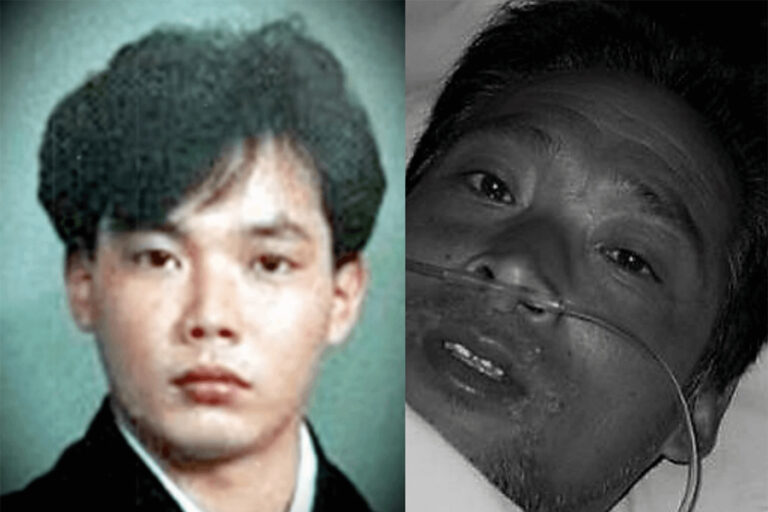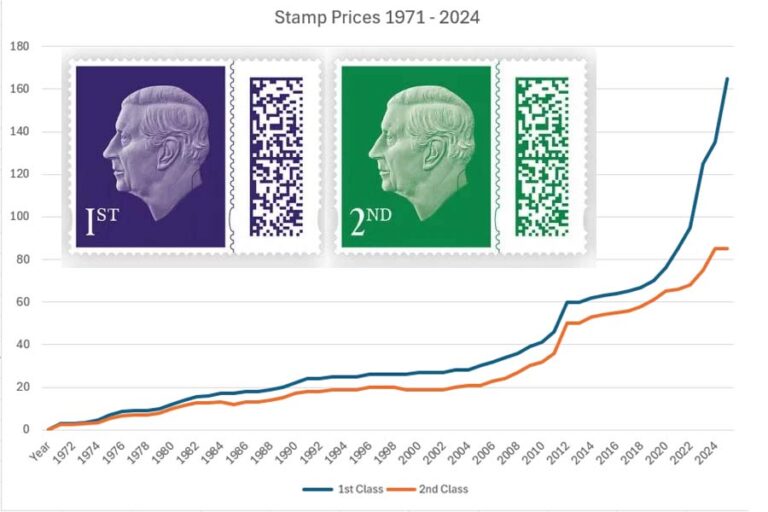The Tragic Story of Hisashi Ouchi, A Journey Through the Unthinkable
Hisashi Ouchi, a technician at Japan’s Tokaimura Nuclear Plant, faced a severe nuclear accident on September 30, 1999. While mixing uranium, a safety rule was broken, causing a nuclear chain reaction. The breach hit hisashi ouchi photos with 17 sieverts of radiation, far above lethal levels. The accident left him with severe injuries. His DNA sustained damage, his skin burned, and his white blood cell production halted. Doctors fought to keep him alive for 83 days with experimental treatments. This sparked debates on the ethics of caring for the severely suffering. Ouchi’s incident showed major flaws in nuclear safety. It led to changes in Japan’s nuclear sector.
Who Was Hisashi Ouchi
Hisashi Ouchi was a Japanese nuclear technician. A tragic accident on September 30, 1999, at the Tokaimura Nuclear Plant, made him famous. Working at a top nuclear facility, he prepared uranium fuel. That day, he and two colleagues broke safety rules by mixing uranium manually. It triggered a nuclear chain reaction. The radiation exposed Ouchi to 17 sieverts, which is above lethal levels. The exposure caused severe damage. It destroyed his DNA, wiped out his immune system, and burned his skin. Rushed to the hospital, he underwent experimental treatments for extreme radiation exposure. Despite these efforts, he suffered for 83 days before dying.
The Tokaimura Nuclear Accident
The Tokaimura nuclear accident on September 30, 1999, was Japan’s worst nuclear disaster. It happened at a JCO Co. uranium facility. There, technicians, including hisashi ouchi photos, broke safety rules by mixing uranium fuel. This led to an uncontrolled nuclear reaction, exposing three workers to high radiation. Ouchi received a deadly 17 sieverts of radiation. His colleagues received doses that were somewhat lower. This caused injuries, hospitalizations, and the deaths of Ouchi and another worker. The reaction lasted nearly 20 hours and spread low radiation. This required temporary evacuations. The disaster revealed serious flaws in Japan’s nuclear safety. It showed the dangers of prioritizing efficiency over safety.
The Immediate Aftermath of the Accident
On September 30, 1999, the Tokaimura nuclear accident caused a health crisis for three workers. Radiation hit Hisashi Ouchi, who was closest to it, the hardest. Ouchi immediately showed serious symptoms like nausea, dizziness, and burns. He was quickly hospitalized, facing a unique medical challenge. Ouchi received 17 sieverts of radiation. It severely damaged his DNA and immune system. This left him unable to heal or produce white blood cells. His colleagues, Masato Shinohara and Yutaka Yokokawa, were also affected. But, they were in better condition initially. Hospitals rushed to treat them, while authorities evacuated nearby residents and monitored radiation.
The Ethical Dilemma of Prolonging Life
Hisashi Ouchi, a victim of the 1999 Tokaimura nuclear accident, faced extreme suffering. Doctors had to decide whether to extend his life. Ouchi was exposed to deadly radiation. Damaged his DNA. he couldn’t produce white blood cells, and his organs failed. Yet, doctors kept him alive for 83 days with harsh treatments. This sparked a big debate. Doctors wanted to learn more about radiation exposure and help future patients. But Ouchi was in great pain and wanted to die, saying, “I can’t take it anymore.” Critics argued whether continuing treatment was respectful or crossed ethical lines. The case showed the conflict between seeking knowledge and treating patients kindly.
Lessons Learned, Nuclear Safety Reforms
The 1999 Tokaimura nuclear accident highlighted serious safety failures in the nuclear industry. It resulted from mixing uranium manually, breaking safety rules. This caused an uncontrolled reaction. It severely exposed three workers, including Hisashi Ouchi, to radiation. In response, Japan’s government and regulators revamped safety measures. They banned manual handling of nuclear fuel and mandated automated systems. Training now focuses on risk and following procedures. Authorities tightened inspections to meet global standards. The accident also spurred a global review of nuclear safety. It underscored the need for accountability and readiness. Facilities worldwide adopted stricter rules, including emergency drills and better radiation monitoring.
Conclusion
Hisashi ouchi photos, a victim of the Tokaimura nuclear accident, faced severe radiation exposure. His 83 days of suffering and medical treatment highlight the dangers of mishandling technology. No one released photos of Ouchi’s worst state. But they raised ethical concerns about dignity, medical care, and public awareness. Ouchi’s experience shows the need for strict safety rules in nuclear plants. It also poses tough questions for doctors about how far to go in saving lives. His story remains significant for the medical and nuclear sectors. It emphasizes the need to balance scientific progress with human dignity. Ouchi’s tragic death improved nuclear safety.






